The dream of any gardener is the own equipped greenhouse. Competently built, the so-called winter garden is a guarantee of a good harvest all year round. By making the decision to engage in independent cultivation of vegetables and fruits of early grades, it is necessary to decide on the type of future greenhouse, the number of beds and their location.
Characteristics of Teplitz
When planning the construction of the greenhouse on its summer cottage, it is important to consider the following parameters, such as:
- the environmental friendliness of the materials from which the greenhouse will be built;
- weight design. It is better to choose lightweight materials for the construction of greenhouses by weight;
- svetoproposis. When arranging the greenhouses should choose materials well transmitting sunlight, but at the same time protecting the crops from the destruction of ultraviolet rays;
- affordable materials price;
- ease of installation of greenhouse design;
- resistance to temperature drops.
Planning Gerlitz
Deciding with the materials of which the greenhouse will be erected, it is necessary to decide with the form of the future building.
There are several charming frame options:
- Double frame, when the height of the greenhouse prevails over the width. As a rule, trees grow in such greenhouses. In the center of the greenhouse placed the garden, and the passages - on the sides. The advantage of this type of construction is that when plants are planted in the center, without touching the cold walls of the greenhouse, the warm air is evenly distributed for all seedlings.
- Greenhouse in the form of arch. This is the most frequently used type of greenhouses. With a slight height, the arched greenhouse is heated faster from the inside and retains heat. It successfully places seeds of flowers and vegetables. As a rule, such a greenhouse is molded with two beds on the sides and track of the center.
- Greenhouse - geodesic dome. The round design of the greenhouse implies one large bed wide a slightly more than a meter located along the walls. The beds are fenced with high sides. In the center of the dome wide passage. Usually, the center of such a design is placed with water tank for watering plants.
Greenhouse from polycarbonate
Most often, precarcarbonate preferred as the main material for the greenhouse of gardeners due to its indisputable benefits, such as:
- ease;
- ease of installation;
- much stronger glass and polyethylene;
- protection of crops from ultraviolet rays and uniform distribution of light;
- creates favorable conditions for high-quality plant growth.
Unlike glass and polyethylene greenhouses, polycarbonate is able to store heat for a long time. It is resistant to temperature drops, and the forty-portous frost is noted. Lifetime of polycarbonate greenhouses - up to 15 years.
Naturally, the more the sapling will get light in the process of growth, the better the harvest will be. To install the greenhouse, it is important to choose the place completely lit by the sun, where the rays can be distributed evenly, lighting the entire greenhouse space. The most acceptable placement of beds in the greenhouse - on the sides of the walls placed in the sunrise and sunset, and therefore - from the north to south.
Distribution of beds in greenhouse
Before making a garden in a greenhouse, you need to correctly choose the design of the structure, that is, for certain types of plants - its own. But most often you have to adapt to the greenhouse already existing in the house, or purchased.
In a narrow greenhouse, the width of the beds on the sides make such that it could be easily suitable for them to come up or carry out a garden trolley between them. As a rule, these are two beds of 95 cm, and in the middle of the track. If the design of the greenhouse is still already, you will have to sacrifice either a width of the beds, or a pass. As practice shows, plants are more comfortable in close beds.
In a wide greenhouse, it is more common to layout in this way - three beds and two passages. The central garden is usually wider than the side, however, does not exceed 1.5 m. Passes are made at 50 cm.
Parameters of beds in the home greenhouse
Such a parameter as the width of the beds in the greenhouse is an important factor for the convenience of working with young plants. There are no of the most acceptable schemes and the size of the beds, and each gardener is adjusted under the dimensions of their greenhouses.
Location of beds in the width of the greenhouse:
- Wide beds along walls with aisle in the center of the greenhouse. In such a layout, you only need to follow the size of the passage so that it is convenient to carry buckets with water and garden tools.
- Three equal beds. As mentioned above, in narrow beds, flowers, fruits and vegetables are much more comfortable to germinate than in wide. Therefore, this variant of the distribution of the beds is most practical.
- Wide bed in the center, and narrow - along the side walls. With this layout, you can move freely between the rows and processing crops.
- Two beds and two passages. In this form, the passages are located along and across. The advantage of this method is the possibility of free access to plants. The disadvantage is less space for plants disembarking.
- Criciners in the form of pyramids. Such beds are ideal for disembarking strawberries and colors.
Water tank for watering plants It is advisable to have inside the greenhouse so that the fluid temperature coincides with the room temperature. See how the beds look in the greenhouse in the photo.
The height of the beds in the greenhouse according to the standard - 20 cm. It is achieved by filling the earth of space limited by wooden sideboard.
With the intentions to grow vegetables of early grades, the height must be increased to 80 cm, soil will warm up faster. But at the same time, watering such a bed must be frequent, as the land in a high garden is quickly dried.
In addition, the roots of the plants are not "cold" during the cold season, bedding in the greenhouse can additionally insulate the electrical heating system.
Warm beds in the greenhouse
Thanks to the creation of an organic insulation, which increases the air temperature in the room of greenhouses and soil, seedlings can be placed in beds a month earlier before the deadline.
Options for arranging organic insulation for beds:
- Dung layer. Insulation from horse manure is the most effective in terms of soil heat. In case of decomposition in the first few days, it warms up to 70 degrees, and the days twenty still holds 30 degrees. Cow manure or pork is also suitable. For the intensity of the rotation process, part of the straw and sawdust must be added to the manure. The first layer in the future beds are lined with sawdust (15 cm), on top of a dung layer (30 cm). After that, the future insulation is poured with boiling water. A couple of days is given this mixture to start rotting, and when the duration of the manure reaches 45 degrees - you can begin to form warm beds in the greenhouse. Two days later, the manure is covered with a layer of land.
- Heater without manure. In the absence of manure, you can also apply both available materials - wood chips and waste from food. The bottom of the garden is distributed by a layer of peeled tree branches, bark and sawdust. Herbs, potato cleaning and so on is laid out on it. The third layer will be foliage, rags and paper. The rammed future insulation is poured by chicken litter, divorced water. Then everything is covered with a film for rotting. After seven days, the finished insulation is covered with a layer of land (30 cm), which can plant plants.
Fencing beds in greenhouse
So that the soil does not fall down to give shape beds, their edges need to be fencing.
You can use all sorts of devices as portors, such as:
- wooden boards, as the most popular option. Long boards shot down with each other are fixed with wooden pegs driven into the ground. The disadvantage of this method is the briefness of the tree, which over the years is rotting. In addition, pests can settle in it if the tree is not processed by a special impregnation;
- aluminum sides. This is a factory galvanized aluminum. Such a fence is durable and resistant to moisture and temperature drops. Bursts are easily mounted and look pleasant;
- slane and metal fences. Quite durable and durable sides for the beds;
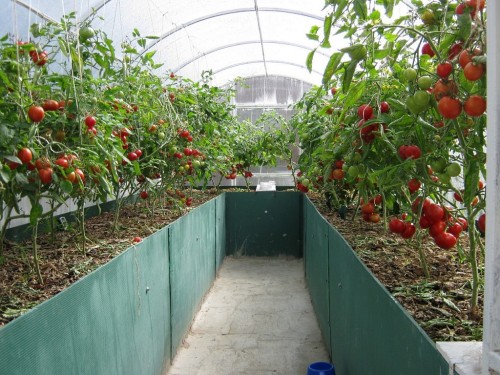
- tire bers. In this case, cut car tires are applied. The advantages of such a fence are that the dark color of the tires retains heat and serves as an additional insulation for soil and plants. Minus such a design - tires do not save space;
- glass as a fence. This embodiment is suitable for low beds (20 cm). Water filled and covered in the ground, glass bottles are heated during the day, and at night, the soil is heated;
- brick fence beds. The construction of such portors will require time, but it can be raised at different heights and exploit more than one year. Inconsistency in this case will occur with the annual replacement of the soil on the beds.

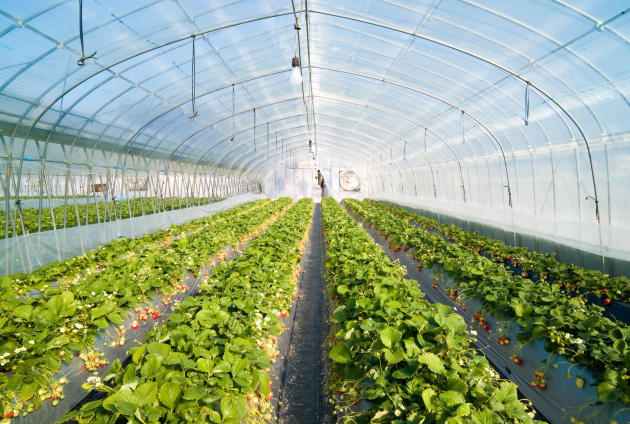
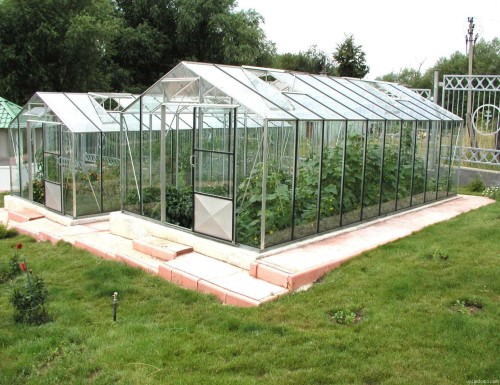
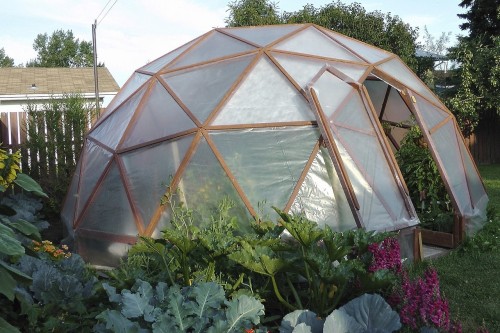
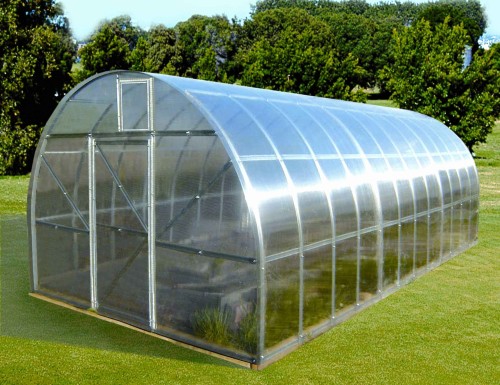
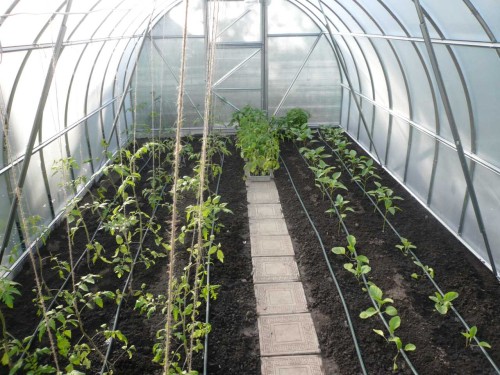
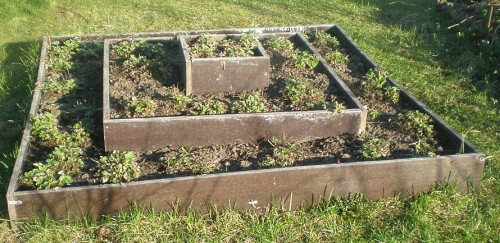
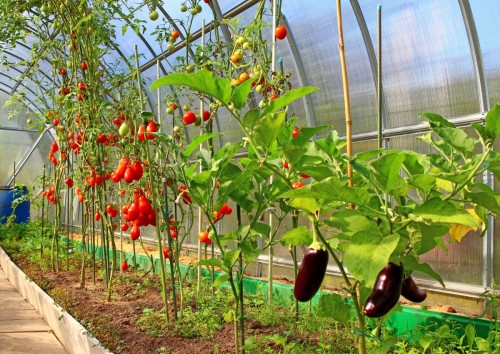
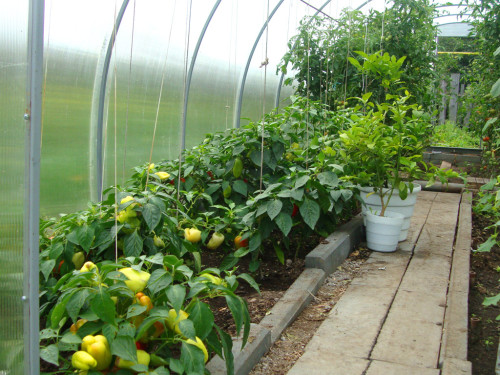
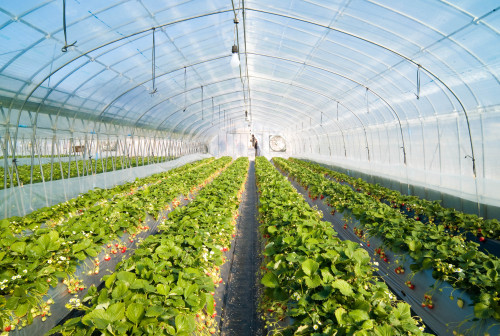
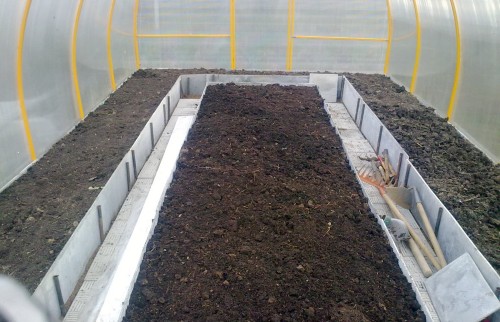
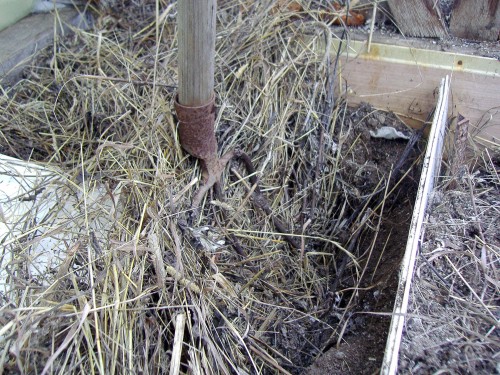
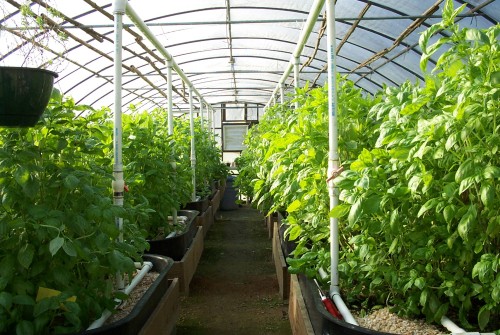




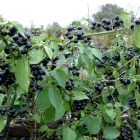

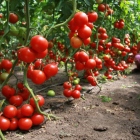


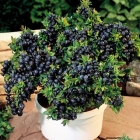
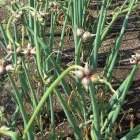

 Start a discussion ...
Start a discussion ...